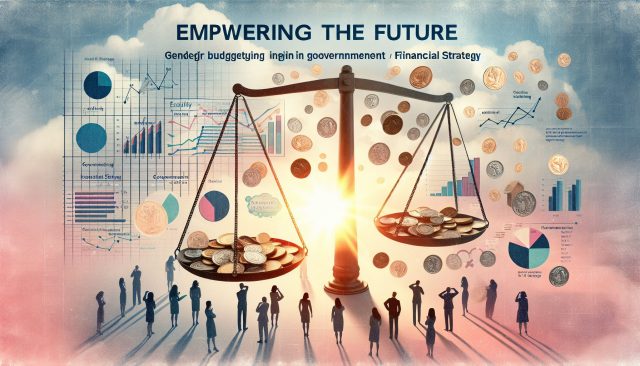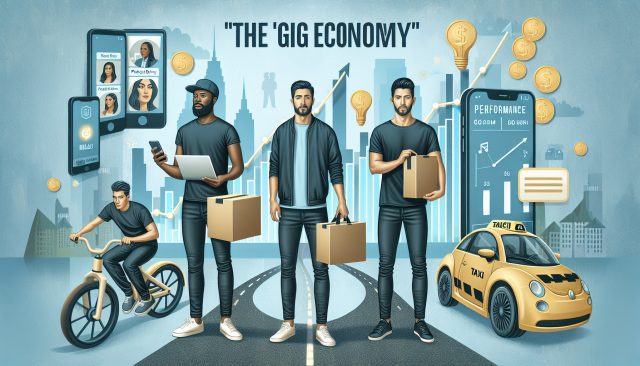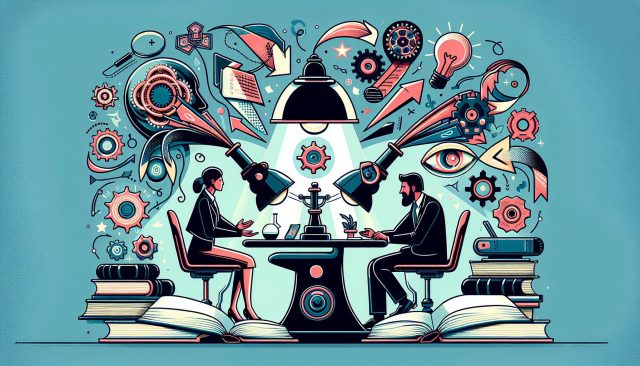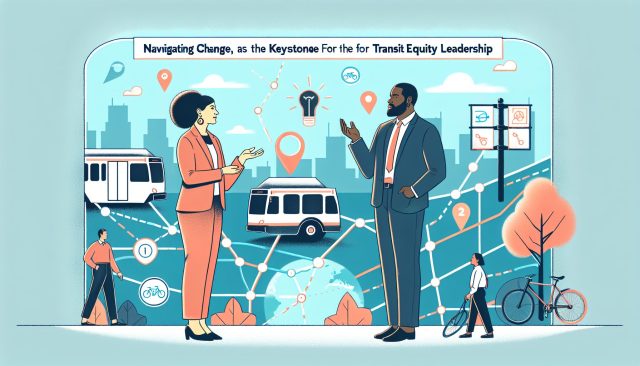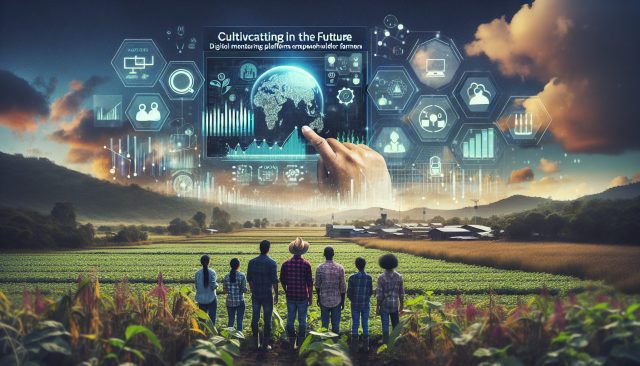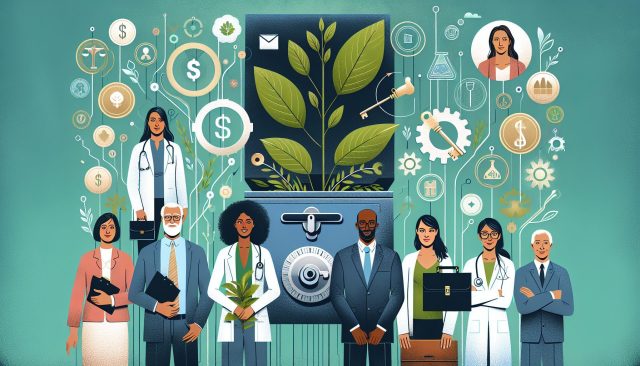Mastering Your Finances: The Essential Habits for Freelancers and Gig Workers
Mastering Your Finances: The Essential Habits for Freelancers and Gig Workers
In a rapidly evolving work environment, the traditional 9-to-5 job is no longer the sole path to a prosperous career. The freelance and gig economy is thriving, offering unparalleled flexibility, creativity, and independence. However, with these benefits comes the challenge of maintaining financial stability. For freelancers and gig workers, mastering personal finance is not just a luxuryit’s a necessity. The power of habit can be your greatest ally in achieving financial health.
The Importance of Financial Habits
Habits form the backbone of our daily lives. They are the routines and practices we engage in, often subconsciously, that shape our behaviors and decisions. When it comes to personal finance, habits can mean the difference between thriving and merely surviving. For freelancers and gig workers, building and maintaining good financial habits can ensure stability, peace of mind, and long-term success.
Unlike traditional employees, freelancers face unique challenges, such as irregular income, lack of employer-sponsored benefits, and the need to manage every aspect of their business operations. These challenges make it crucial to establish sound financial habits that can weather the ups and downs of freelance work.
Building Powerful Financial Habits
1. Regularly Monitor Your Finances
Set a specific time each week to review your finances. This includes tracking income, expenses, savings, and investments. Use financial tools and apps that sync with your bank accounts and provide a clear overview of your financial standing. Regular monitoring helps you stay informed and make informed decisions.
2. Create a Budget That Works for You
Budgeting is more than just listing your monthly expenses. As a freelance worker, your income might fluctuate, making it essential to create a flexible budget that adjusts with your revenue streams. Focus on distinguishing between fixed (necessary) and variable (discretionary) expenses. Allocate a portion of your income to savings and emergency funds.
3. Automate Your Savings
One of the simplest yet effective financial habits is automating your savings. Set up automatic transfers to a high-yield savings account or investment account to ensure you’re consistently saving for the future. This habit reduces the temptation to spend money that should be saved.
4. Set Clear Financial Goals
Establish short-term and long-term financial goals. Whether it’s saving for a vacation, buying a home, or planning for retirement, having clear objectives provides motivation and direction. Break down larger goals into smaller, manageable milestones to maintain momentum and celebrate your achievements.
5. Build an Emergency Fund
Freelancers face income volatility, making an emergency fund essential. Aim to save three to six months’ worth of living expenses to cushion against unexpected financial challenges. Having this safety net can alleviate stress and provide financial security.
6. Continuously Educate Yourself
The financial landscape is ever-changing. Stay informed about new financial trends, tools, and strategies by reading books, attending workshops, and following thought leaders in the industry. Continued education can empower you to make smarter financial decisions.
Maintaining Good Financial Habits
Building habits is only half the battle; maintaining them is where true success lies. Here are some tips to help you stay on track:
- Stay Accountable: Share your financial goals with a trusted friend, family member, or mentor who can provide support and hold you accountable.
- Review and Adjust: Regularly assess your financial habits and goals. Adjust your strategies as needed to adapt to changes in your life and income.
- Celebrate Success: Take time to celebrate your achievements, no matter how small. Positive reinforcement can strengthen your commitment to maintaining good habits.
In conclusion, the freelance and gig economy offers exciting opportunities, but it also requires a proactive approach to financial management. By harnessing the power of habit, freelancers and gig workers can build and maintain financial stability, allowing them to focus on what they do bestproviding creative solutions and services. Remember, financial health is an ongoing journey, and establishing good habits is the compass that will guide you to success.
















